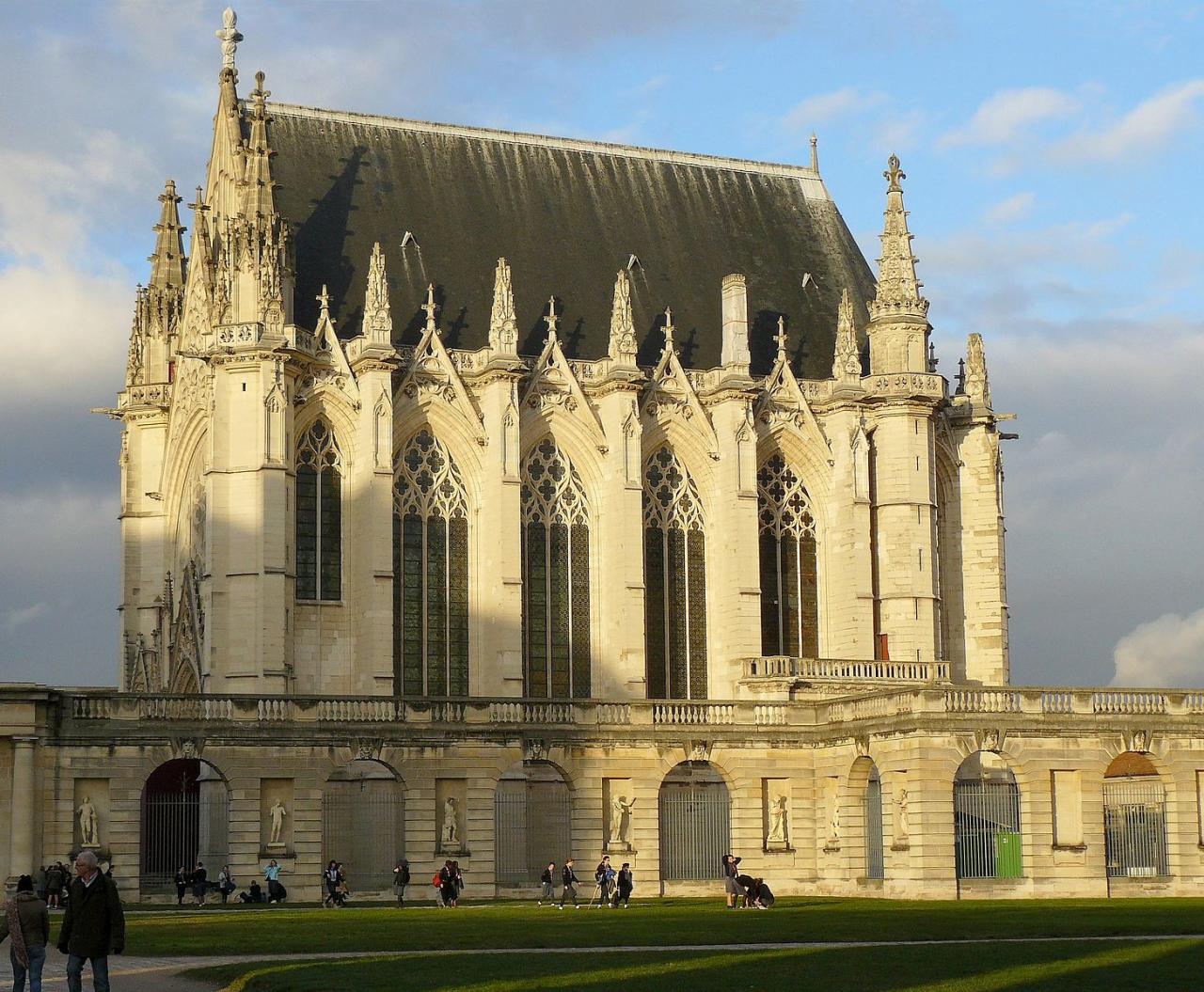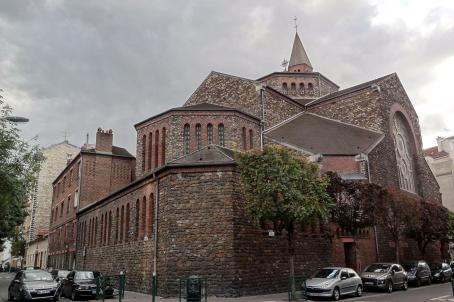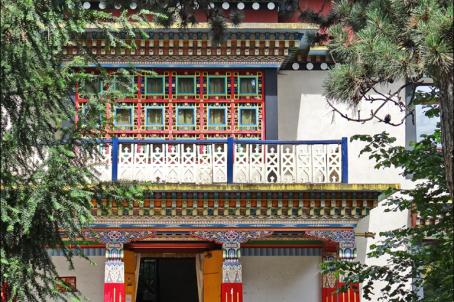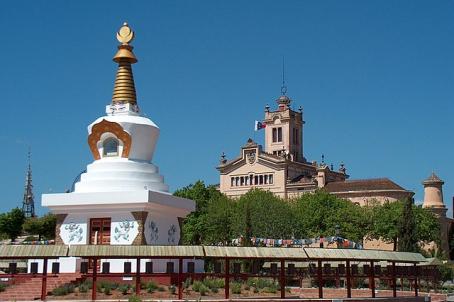Holy Chapel
Founded in 1379, the Sainte-Chapelle, whose construction began just before the death of Charles V in 1380, was only inaugurated in 1552 during the reign of Henry II, after a very long interruption of work from the beginning of the 15th century. The college of canons was installed in February 1380. The Sainte-Chapelle de Vincennes is intended, like that of the Palais de la Cité in Paris, to house some of the relics of the Passion. In undertaking this project, Charles V wanted to make Vincennes, which was to be the second capital of the kingdom, while hanging on to the Palais de la Cité in Paris. The old traditional Parisian palace remains but, in Vincennes, in an adapted and grandiose setting strongly expressing by its quality, richness and decoration, the ideology of a triumphant monarchy, a new capital was born.
About this building
The Sainte-Chapelle was built according to the traditional plan of castral chapels by the architect Raymond du Temple: a single vessel, a choir consisting of a straight span and a five-sided apse flanked by two oratories, one for the king and the other for the queen. An annex to the north serves as a sacristy on the ground floor and as a treasury on the first floor. The king's oratory is currently occupied by the tomb of the Duke of Enghien. The general elevation is of great simplicity. On the outside, deep buttresses maintain, above a basement, large windows topped with a gable. The general silhouette of the building is slender and was all the more so as an arrow rose above the second bay of the nave. The Sainte-Chapelle de Vincennes is as high but much longer and wider than that of the Cité. The essential difference between the two buildings is that the Cité Chapel, built in the 13th century, is double-storey, whereas the Vincennes Chapel, built at a time when this type of building is no longer fashionable, is on a single level.






